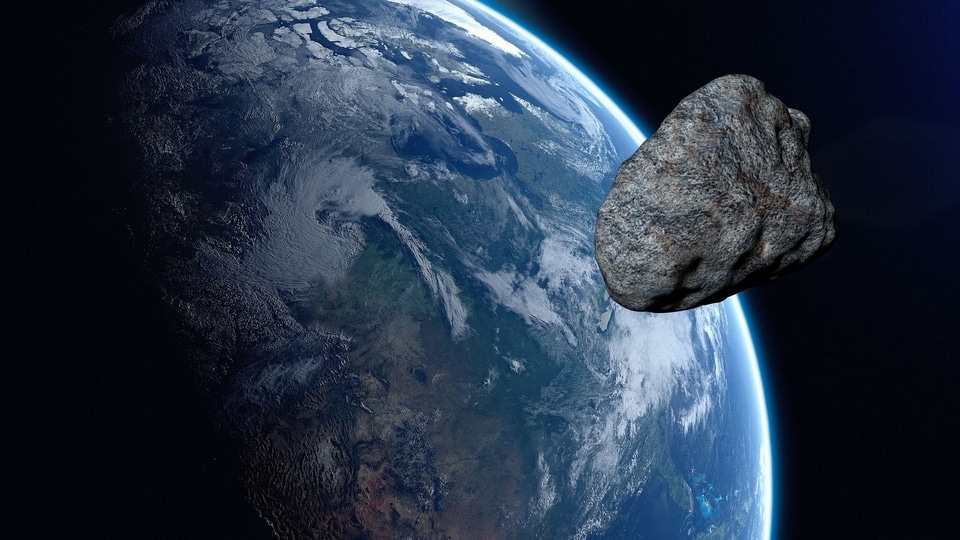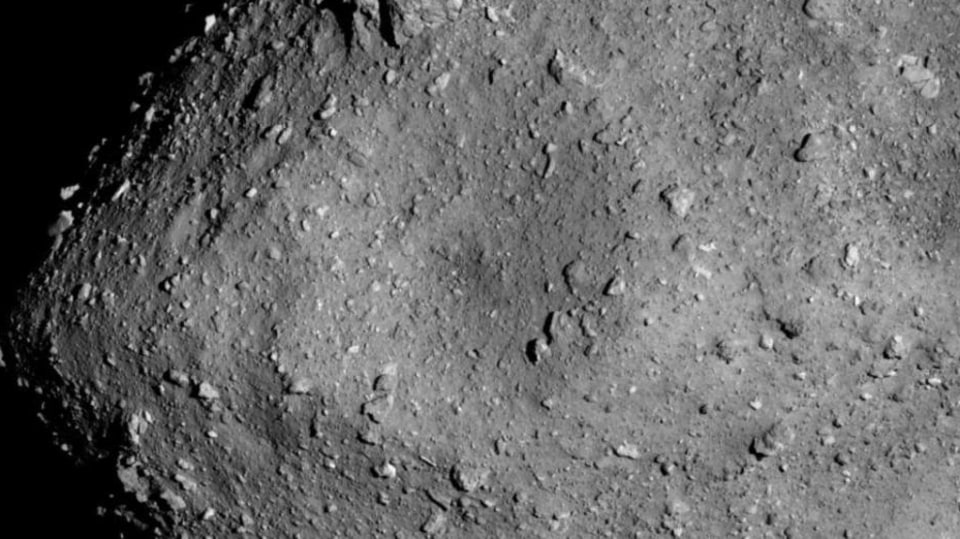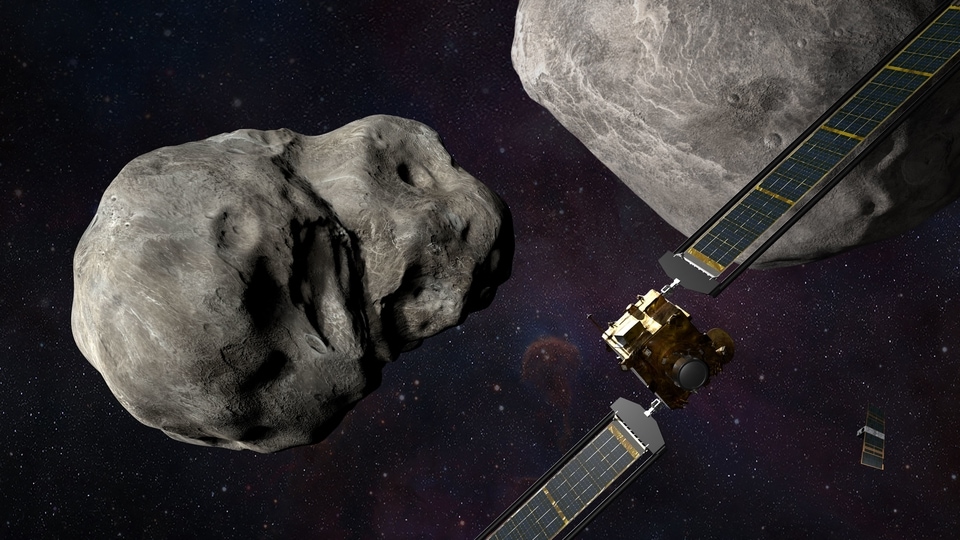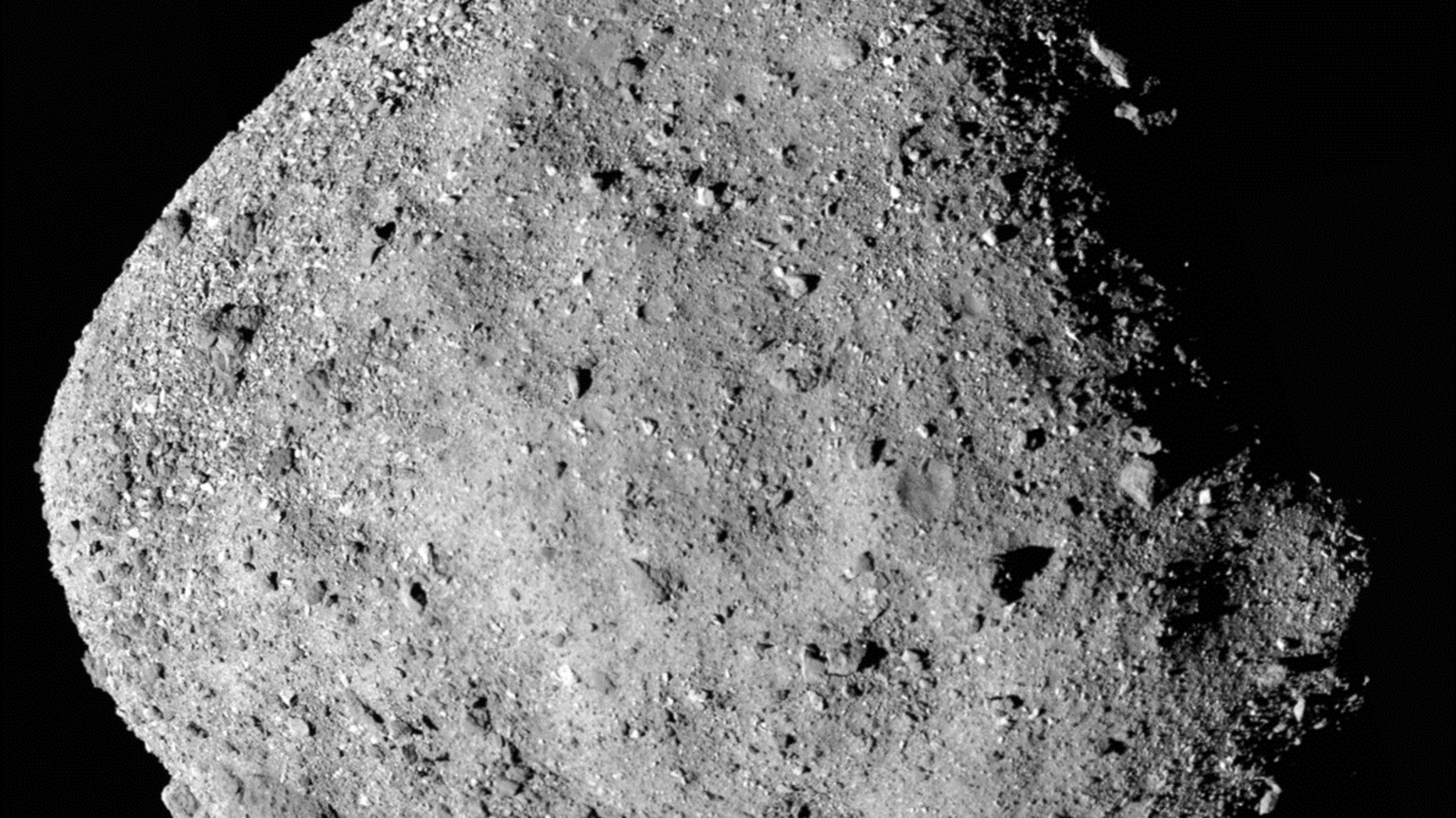450-meter asteroid Bennu samples to come back to Earth on NASA's OSIRIS-REx; know when
NASA has revealed the return date for its OSIRIS-REx spacecraft which is currently traveling with samples from asteroid Bennu. Know when it will reach Earth.



_1639115875543_1639115887157.jpg)


 View all Images
View all ImagesMore than six years have passed since the NASA OSIRIS-REx spacecraft embarked on its unique mission. Unlike most NASA expeditions, the spacecraft's destination was not a planet or a moon, but a 450-meter wide asteroid named 101955 Bennu. The mission's objective was to collect a minimum of 60 grams of sample material from the asteroid and return it to Earth. Right now, it is on the way home with almost 250 grams of primitive rocks stored in its locker. And to add to the excitement, NASA has announced the return date for the spacecraft to touch down on the Earth and how it is planning to recover the sample.
NASA reported in a press release that its first-of-a-kind mission will end on September 24 when the spacecraft will return to Earth. But the biggest challenge for the space agency still awaits. “After seven years in space, including a nail-biting touchdown on Bennu to gather dust and rocks, this intrepid mission is about to face one of its biggest challenges yet: deliver the asteroid sample to Earth while protecting it from heat, vibrations, and earthly contaminants,” the post explained.
NASA prepares to receive the asteroid sample
The challenge of protecting it from contamination is high because the location where the return capsule will land is in the Utah desert. And in such harsh conditions, the chances of the pristine material getting contaminants and potentially wasting any research on the sample rendering useless is quite high.
So, over the next six months, the OSIRIS-REx team will practice and refine the procedures required to recover the sample in Utah and transport it to a new lab built for the material at NASA's Johnson Space Center in Houston. There, scientists will unpack the sample, distribute up to a quarter of it to the OSIRIS-REx science team around the world for analysis, and curate the rest for other scientists to study, now and in future generations.
“The OSIRIS-REx team has already performed amazing feats characterizing and sampling asteroid Bennu. These accomplishments are the direct result of the extensive training and rehearsals that we performed every step of the way. We are bringing that level of discipline and dedication to this final phase of the flight operations,” aid Dante Lauretta, OSIRIS-REx principal investigator.
The return to Earth of samples from asteroid Bennu will be the culmination of a more than 12-year effort by NASA and its mission partners but marks the beginning of a new phase of discovery as scientists from around the world will turn their attention to the analysis of this unique and precious material dating from the early formation of our solar system.
Catch all the Latest Tech News, Mobile News, Laptop News, Gaming news, Wearables News , How To News, also keep up with us on Whatsapp channel,Twitter, Facebook, Google News, and Instagram. For our latest videos, subscribe to our YouTube channel.





























